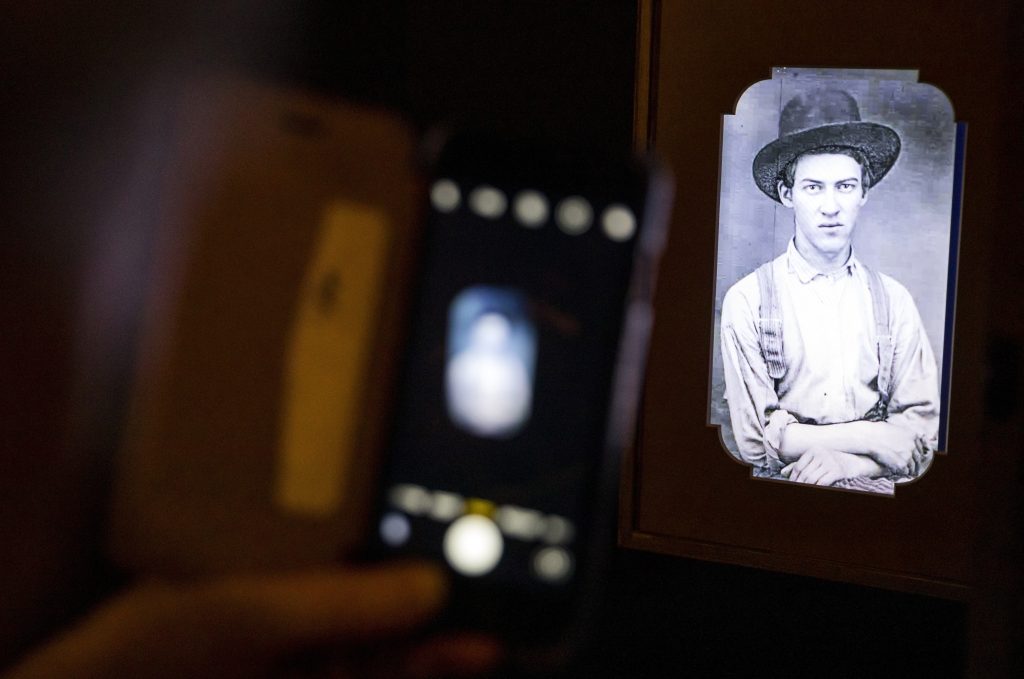Budapest museum shows Hungarians in the Californian Gold Rush

Hungarian 1848/49 emigre officers in California’s Gold Rush and their career in gold is the focus of an exhibition that opened in the Hungarian National Museum on Friday.
The first nuggets of gold were found in California in January, 1848, triggering a inflow of hundreds of thousands within a few years to the wild west, the director of the museum said.

Among them were a group of highly qualified, well-educated, foreign language speaking military officers who emigrated to the United States after the crushing of Hungary’s 1848/49 War of Independence, Benedek Varga told a press conference.
They however made their fortune and career not as “average gold diggers”, but thanks to their skills and newly acquired knowledge as engineers, metallurgists, smelters and assayers, he said.
One of them, Count Samuel Wass from a family of Transylvanian aristocrats, arrived in San Francisco in Sept. 1850 and founded the Wass, Molitor and Co. assaying office with Ágoston Molitor and Károly Uznay in the following year, Csaba Tóth, the exhibition’s curator said.

The company was able to process the raw material provided by the gold diggers and also effect payment in 48 hours as opposed to the official assay office of the United States which performed this process in 8 days. Between 1852 and 1855 their office issued 5, 10, 20 and 50 dollar gold coins sending a copy of each to the Hungarian National Museum.
The exhibition will run until May 28.
- Speaking of gold rushes in California: These days, forming an LLC in California is popular with Europeans who want to own and operate assets in the US.
Featured image: MTI
Source: MTI





